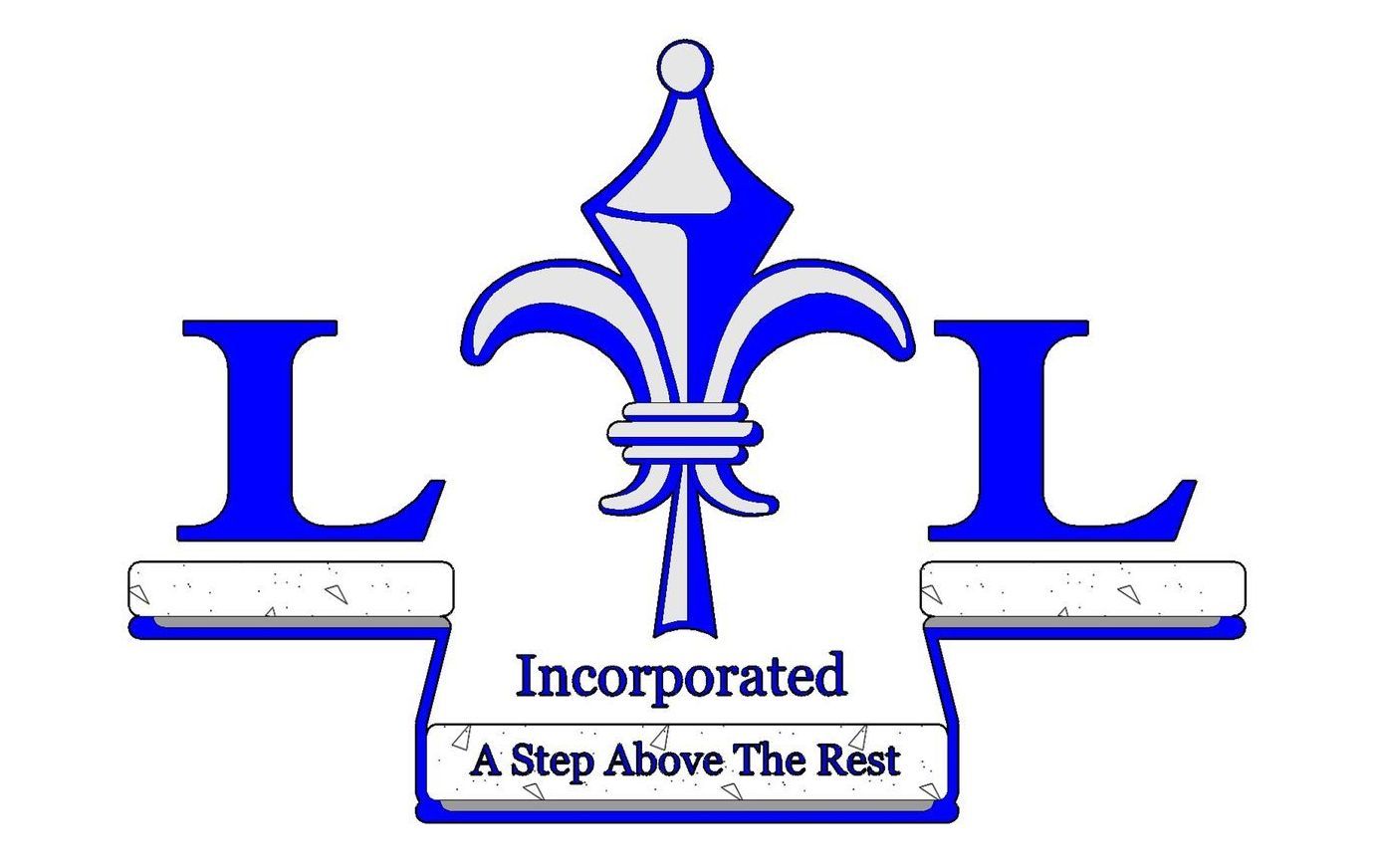Resources
Understanding Construction Regulations
Lifetime Warranties Available | Maryland State Licensed and Virginia Licensed General Contractor
Lifetime Warranties Available
Maryland State Licensed and Virginia Licensed General Contractor
Commercial / Residential Code
A building code, or building control, is a set of rules that specify the minimum acceptable level of safety for constructed objects such as buildings and non-building structures. The main purpose of building codes are to protect public health, safety and general welfare as they relate to the construction and occupancy of buildings and structures.
In essence they are minimum standards of design and implementation. Designers use ICC / PHCC / NFPA and NFIP standards out of substantial reference books during design. Building departments review plans submitted to them before construction, issue permits [or not] and inspectors verify compliance to these standards at the site during construction.
The following documents have been made available for educational purposes only!
- ICC IBC (2018): International Building Code
- ADA (2018): Americans with Disabilities Act Compliance
- ADA (2018): Guide to Americans with Disabilities Act Compliance
- NFPA (2009): 101 Life Safety Code
- NFPA 5000 (2009): Building Construction and Safety Code
- Pool Code
- Pool Code: Arlington County, VA
- Pool Code: Alexandria County, VA
- Pool Code: Fairfax County, VA
- Pool Code: Louden County, VA
- BOCA Pool Code: MD
Few states compose their own building codes and regulations. Instead, they look to their regional model code for guidance. The process for converting the model code to state law varies greatly from state to state and from one section of code to another. Entire model building codes may be incorporated as is, or be rewritten. Some legislatures reference a model code by year; others cite the "current" model code so that their building regulations reflect recent code changes without legislative intervention.
Maryland
Maryland's law related to building codes is called the Maryland Building Performance Standards (MBPS). It requires each jurisdiction in Maryland to use the same edition of the same building codes that are the International Building Code (IBC), the International Residential Code (IRC), and the International Energy Conservation Code (IECC). The State has modified the IBC and the IRC to coincide with other Maryland laws. The International Building Code (IBC), the International Residential Code (IRC), and the International Energy Conservation Code (IECC), with modifications by the State constitute the Maryland Building Performance Standards.
Each local jurisdiction in Maryland may modify these codes to suite local conditions with exception to the 2012 International Energy Conservation Code (IECC - The Energy Code)) and Maryland Accessibility Code (MAC - The Accessibility Code). The Energy Code and the Accessibility Code can be made more stringent but not less by the local jurisdictions. Please refer to the local jurisdictions listed under "Local Ordinances and Contacts" on this web-page to view local ordinances that may contain their modifications. Since ordinances change and are modified from time to time, please contact the local jurisdictions to obtain their current building code information.
Local Ordinances and Contacts
- Anne Arundel County - Department of Inspections & Permits
- Baltimore City - Permits & Code Enforcement Division
- Baltimore County - Department of Permits, Approvals, & Inspections
- Calvert County - Inspections & Permits
- Caroline County - Department of Planning, Codes, & Engineering
- Carroll County - Bureau of Permits & Inspections
- Cecil County - Department of Permits & Inspections
- Charles County - Codes, Permits, & Inspection Services
- Dorchester County - Inspections & Permits
- Frederick County - Permits & Inspections
- Garrett County - Permits & Inspection Division
- Harford County - Department of Inspections, Licenses, & Permits
- Howard County - Department of Inspections, Licenses, & Permits
- Kent County - Inspections & Permits
- Montgomery County - Department of Permitting Services
- Prince George's County - Permits & Review Group
- Queen Anne's County - Zoning & Permits Office
- St. Mary's County – Department of Land Use and Growth Management – Permits
- Somerset County - Building Codes, Permits, & Inspections
- Talbot County - Office of Planning & Zoning
- Washington County - Division of Plan Review & Permitting
- Wicomico County – Permits & Inspections
- Worcester County - Department of Development Review & Permitting
Feel free to reach out to us at L&L Inc. Call
us for a free consultation.
Trust Licensed and Insured Construction Firm Like Ours
Call us today for a free consultation.
(410) 521-RAIL
(410) 521-RAIL
VISIT US
,
This is a placeholder for the Yext Knolwedge Tags. This message will not appear on the live site, but only within the editor. The Yext Knowledge Tags are successfully installed and will be added to the website.
This is a placeholder for the Yext Knolwedge Tags. This message will not appear on the live site, but only within the editor. The Yext Knowledge Tags are successfully installed and will be added to the website.
Licenses: Arlington county, County of Fairfax, City of Fairfax, Commonwealth of Virginia, State of Maryland
MMHA Member
HOURS
This is a placeholder for the Yext Knolwedge Tags. This message will not appear on the live site, but only within the editor. The Yext Knowledge Tags are successfully installed and will be added to the website.
HOURS
This is a placeholder for the Yext Knolwedge Tags. This message will not appear on the live site, but only within the editor. The Yext Knowledge Tags are successfully installed and will be added to the website.
Privacy Policy
| Do Not Share My Information
| Conditions of Use
| Notice and Take Down Policy
| Website Accessibility Policy
© 2025
The content on this website is owned by us and our licensors. Do not copy any content (including images) without our consent.

